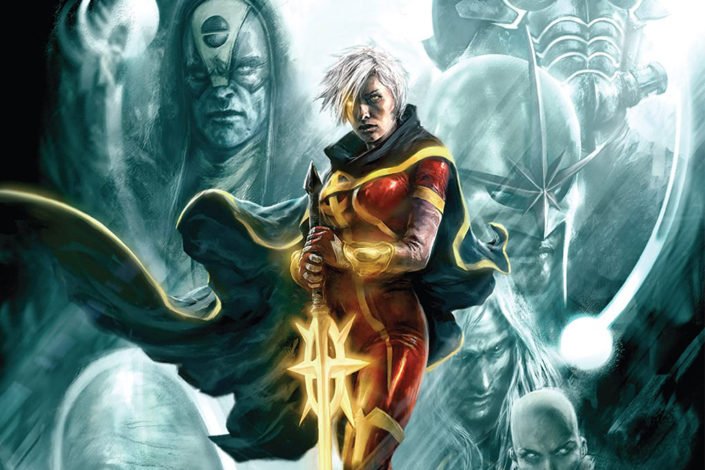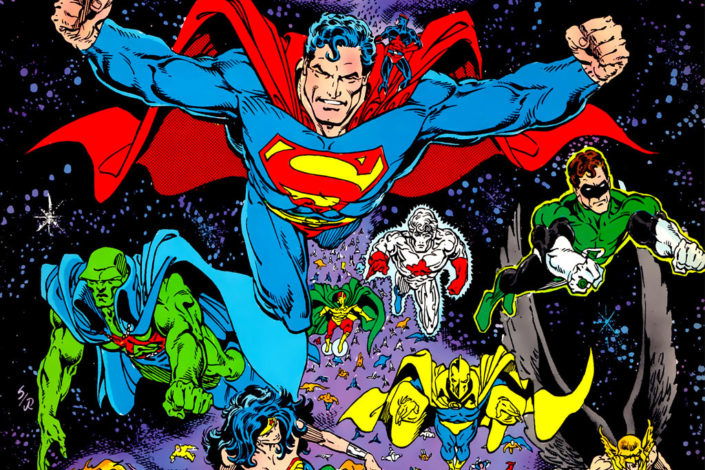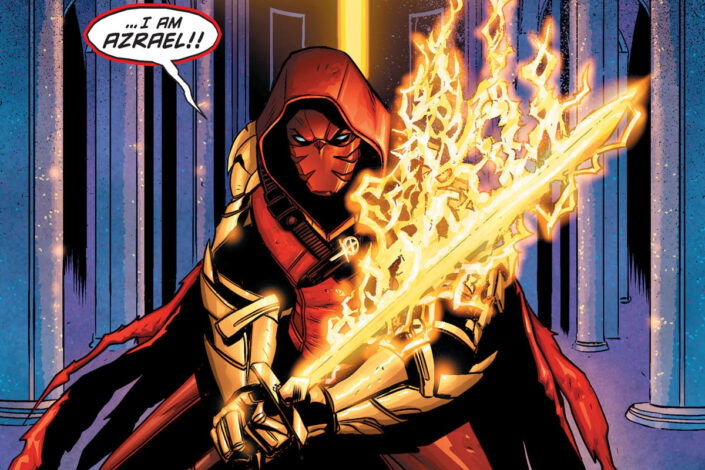
Love and Rockets is a long-running comic book series by brothers Gilbert and Jaime Hernandez, launched in 1981 with a self-published issue co-edited by their brother Mario. After the first issue gained attention, it was picked up by Fantagraphics Books in 1982, which has published the series in various formats ever since. The series blends science fiction, magical realism, and slice-of-life storytelling in an anthology format. Each brother works independently, developing separate but occasionally intersecting narratives that follow a large cast of characters across decades.
Jaime’s stories are grouped under the title Locas, an ongoing story centered on Margarita “Maggie” Chascarrillo and Esperanza “Hopey” Glass, two queer women navigating friendship, love, and adulthood in the fictional Southern California town of Hoppers (also known as Huerta). His characters age in real time, and the series traces their evolving relationships and personal growth over the years.
Gilbert’s contributions are more varied in structure, combining serialized stories and stand-alone shorts, often with elements of magical realism. His central narrative, Palomar, is set in a fictional Central American village and focuses on characters such as Luba, a strong-willed bathhouse owner; Chelo, a midwife who becomes the town’s sheriff; and Fritz, a voluptuous actress known for appearing in sexploitation films. These stories branch out into later volumes centered on Luba and her extended family.
Gilbert and Jaime’s stories are self-contained and can be read independently of one another. Together, they helped define the alternative comics movement of the 1980s, pushing beyond the superhero genre with grounded, character-driven stories. Love and Rockets has been praised for its nuanced depictions of Latinx, queer, and working-class lives, as well as its complex female characters. The series has influenced generations of cartoonists and remains one of the most critically acclaimed independent comics of all time.
Read More »Love and Rockets Reading Order, by the Hernandez brothers









